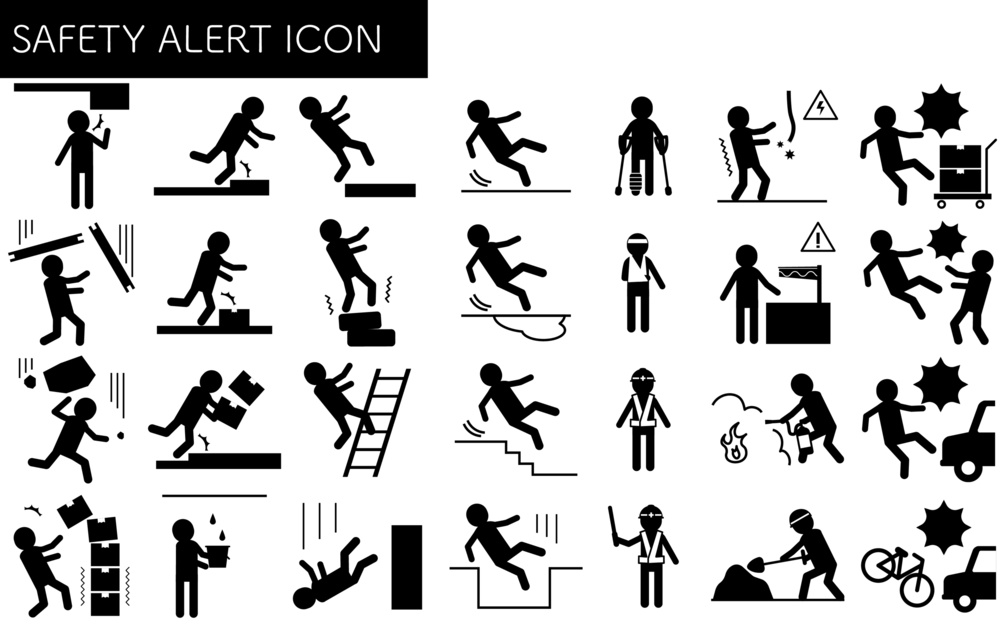Workplace accidents present organizations with avoidable disruptions and distress, ranging from minor first aid cases to fatalities. Nonetheless, according to the experts at Compliance Consultants Inc, companies can dramatically reduce incident rates through basic compliance consulting services paired with employee involvement in key prevention areas.
Clear Written Policies and Procedures
Every employer needs clear written guidance embedded into their operations that align with regulations and best practices for health and safety. Well-crafted policies demonstrate the organization’s commitment to compliance while setting expectations. User-friendly procedures serve as handy reference guides for employees to protect themselves and coworkers during daily tasks. Companies lacking cohesive documentation as a foundation should urgently seek help before attempting other changes. Specialist partners efficiently handle policy gaps rather than overworked managers cobbling together disjointed processes.
Ongoing Safety Training
Classroom and on-the-job training represent powerful tools to inform teams about evolving risks present in their workplace as well as ways to control hazards. However, one-off orientation or annual sessions fail to sustain worker engagement and retention of safety concepts. Effective safety training must incorporate various adult learning techniques through multiple mediums over time to stick. Refreshers on emergency response protocols also sharpen readiness to handle crisis scenarios. Compliance consulting services guide organizations on modernizing existing programs or building new curricula from the ground up based on incident data patterns and workforce diversity factors.
Encourage Employee Reporting
Many avoidable accidents arise from unreported minor safety incidents or near misses that expose broader systematic vulnerabilities. Employees often hesitate to speak up about emerging hazards or small injuries due to not wanting to be seen as complainers, cause ripples, or admit fault. Organizations serious about reducing accidents must encourage confidential reporting without fear of retaliation along with anonymous suggestion collection. This allows dangerous conditions, risky behaviors, faulty equipment, and process weaknesses to surface early before leading to greater harm.
Perform Thorough Investigations
Rigorous incident investigation represents the difference between flimsy corrective actions versus meaningful prevention. Companies should adopt formal procedures to examine contributing root causes beyond obvious human errors or equipment failures. Think broadly about why the system allowed the accident to occur in the first place. Review policies, risk assessments, inspections, training, staffing levels, operational pace, maintenance schedules, and other latent organizational factors.
Inspect, Inspect, Inspect
Regular comprehensive safety inspections by appropriately trained personnel provide the missing link that connects major system elements like policies, equipment specs, training, protective gear, and risk management. Inspections serve as the reality check that controls operate as intended on the actual shop floor or construction site rather than just on paper. By demanding signed inspection reports, organizations demonstrate the priority of defect detection and correction before accidents arise. Compliance partners help initially establish the scope and frequency of reviews but also take part in joint site observation to lend their observational skills.
Empower Employees in Planning
Who knows more about the on-the-ground safety reality than frontline staff conducting the tasks? Tap into this experience by engaging employees actively participate through safety committees, suggestion initiatives, tailgate topic selection, routine activity hazard analyses, emergency drills, and investigations. This increases support for the solution and empowers them to take control of their wellbeing.
Conclusion
Serious injury and fatality rates remain far too high across multiple industries. However, organizations can drive major improvements in safety outcomes through a dual approach. First, compliance consulting services help lay a foundation via stronger policies, training, inspections and sound incident response. Second, genuine employee participation in planning and problem-solving creates sustainable engagement. Companies that prioritize safety and worker input in principles and action can reasonably aspire to zero life-altering accidents.
